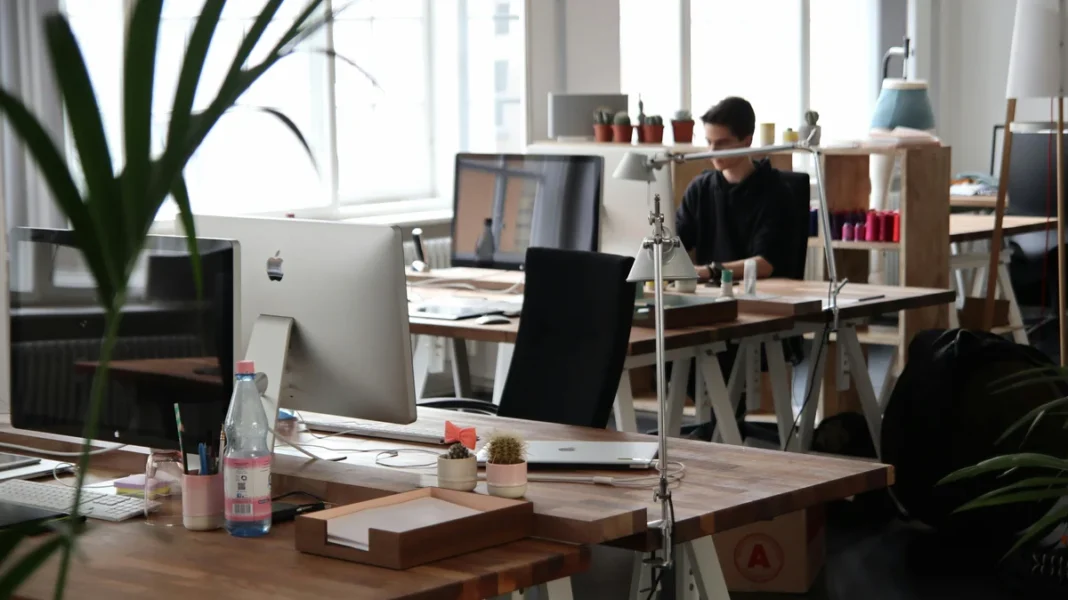When we think about factors that influence workplace productivity, we often jump to leadership, culture and equipment. These are, perhaps, the most influential, but we shouldn’t overlook the myriad other factors that have an impact too. One of these is the work environment itself. This is something companies are increasingly taking seriously, as evidenced by the rapid growth of commercial interior design consultants in Singapore and other business hubs worldwide. This is what they know.
Design and Work Performance are Closely Linked
Several studies have confirmed that well-designed offices get more out of their staff. Employees who work in them have consistently been shown to be more engaged, creative and satisfied with their job. Meanwhile, poorly designed offices lead to more exhaustion and stress. They even report higher rates of absence. This begs the question of what counts as a well-designed office, which is broken down in more detail below.
Layouts Can Speed Up Workflows
Space plays a central role in any well-designed office. While not as important as in the past, because most documents can be transferred via computers, it still pays to shape your space around your workflows. For example, you might place new employees’ desks near their immediate superior, or someone experienced who can answer their questions. Other time-honoured principles are using open spaces to invite collaboration, and offices or dividers for privacy.
Natural Light Boosts Mood and Energy
This sounds like something you’d hear recommended from a commercial interior design consultant in Singapore, or another tropical country with year-round sunshine. What about if you’re in the UK or Canada? The truth is, it’s still just as important. Natural light, even through clouds, is far brighter than any artificial lighting, and it’s a proven mood and energy booster that’s great for productivity. That’s why it’s so important in modern interior design.
Ergonomics Keep People Focused and Comfortable
Furniture is an important part of interior design, and not just for its aesthetic qualities. More important than how it looks is how it feels, which is why designers focus on ergonomic furniture. Maintaining a healthy posture prevents employees from being distracted by pain and lack of comfort. It also allows blood to circulate properly, delivering more nutrients and energy for longer. Ergonomic furniture has even been linked to fewer sick days and greater job satisfaction.
Biophilic Design Reduces Stress and Promotes Creativity
Besides ample natural light, another common feature you’ll notice in modern workplaces is vegetation. From simple potted plants to indoor vertical gardens, there are many ways to embrace what’s known as biophilic design in the office. But these plants aren’t just there to look pretty. They improve air quality which reduces fatigue, and they encourage creative thinking. There’s a reason many poets and artists in the past spent so much time in nature’s company.
Conclusion
These are the principles which underlie modern commercial interior design. Now that you know them, you can find ways to work them into your office. There’s no need for a full refit; you can easily add plants or ergonomic furniture without worrying whether you’re complying with the guidelines for renovating commercial properties. You can also work with a commercial interior design consultant to find the best solutions for your budget.































